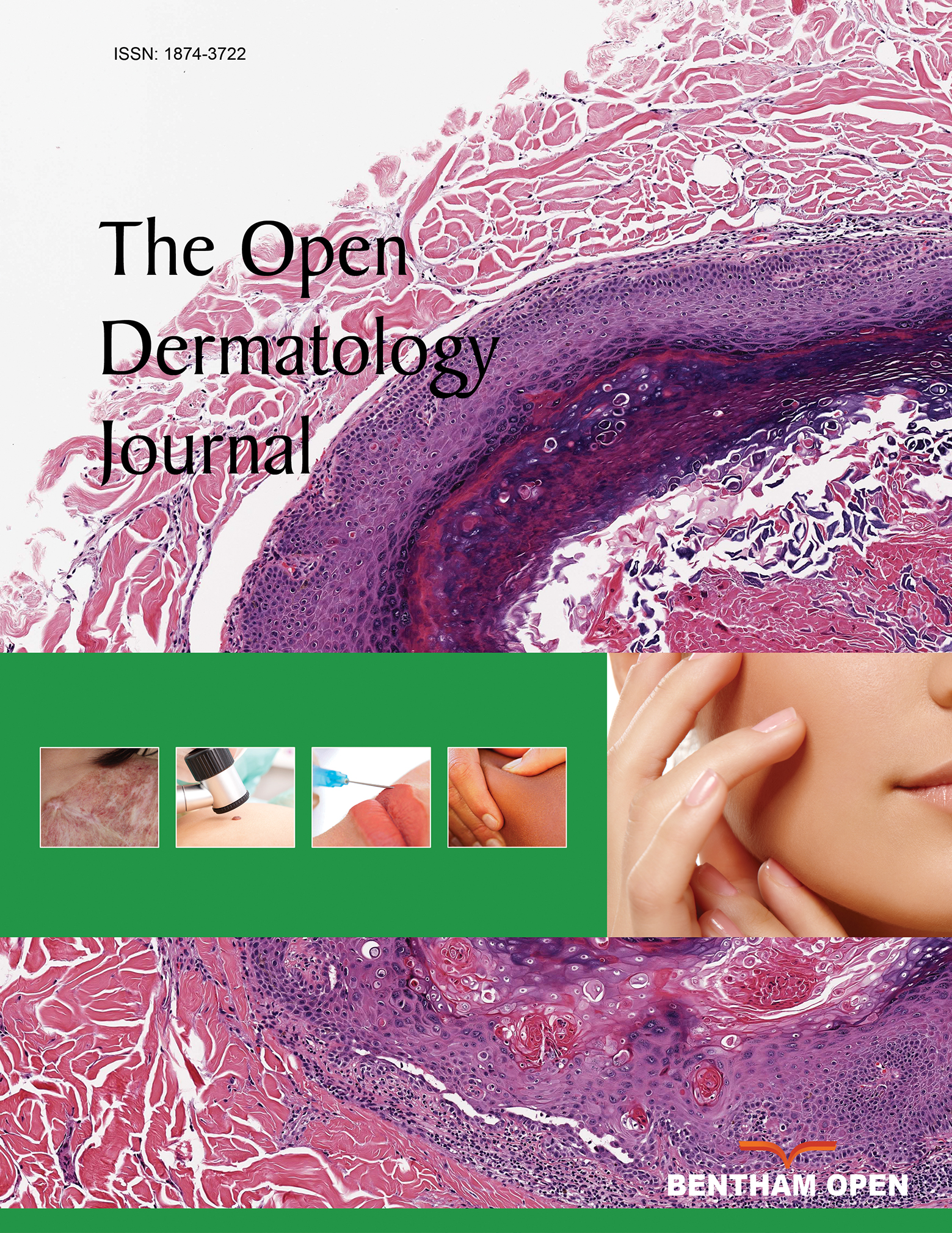All published articles of this journal are available on ScienceDirect.
Treatment of Necrobiosis Lipoidica with 595 nm Pulsed Dye Laser - A Case Report
Abstract
Introduction:
Necrobiosis Lipoidica (NL) had no adequate treatment. Some case has been treated by different vascular lasers. Third generation pulsed dye lasers with a wavelength of 595 nm has been attempted. Their selectively destroys shallower ectatic blood vessels.
Material and Methods:
We used a 595 nm, Dermobeam 2000® laser (manufactured by Deka© MELA Calenzano, Italy), with a dynamic skin cooling system (Spray). The parameters were 7 mm spot, 6 J/cm2 , 0.5 Hz, and 0.5 msec.
Case Report:
A young Caucasian girl was diagnosed at 9 years of age (January 2002) with Necrobiosis Lipoidica over the entire pretibial region of both legs. She had been suffering from type 1 diabetes mellitus for 4 years. She received 3 insulin injections per day.
Results:
A long-standing skin breakdown of the left leg was observed which required two months’ dressing with hydrocolloids. A cosmetic improvement was obtained after this single treatment, with a decrease in erythema and telangiectasias, and stabilization in terms of progression. However, 13 months after treatment, an extension of the peripheral telangiectasis and erythema border of the lesions was observed.
Discussion:
Laser therapy is proven useful to treat Necrobiosis Lipoidica only in rare cases. It is possible to treat telangiectasias, however there is a risk of ulceration.


